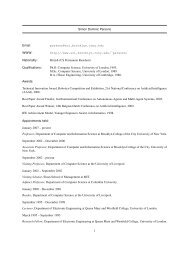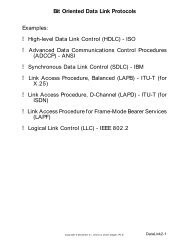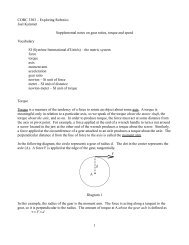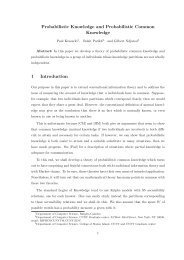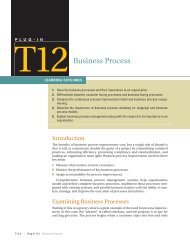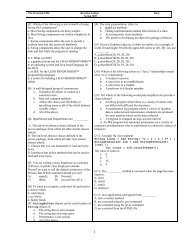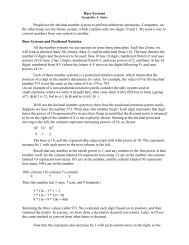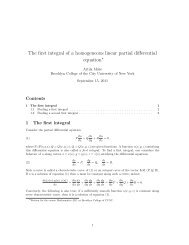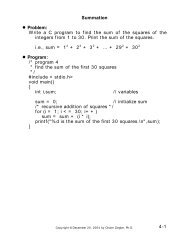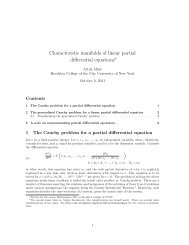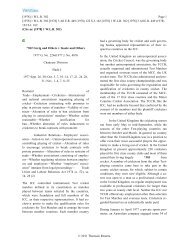Chapter 5: Architecture - Computer and Information Science - CUNY
Chapter 5: Architecture - Computer and Information Science - CUNY
Chapter 5: Architecture - Computer and Information Science - CUNY
Create successful ePaper yourself
Turn your PDF publications into a flip-book with our unique Google optimized e-Paper software.
5.4. QUANTUM GATES 25<br />
|x〉<br />
•<br />
|x〉<br />
(5.67)<br />
|0〉<br />
×<br />
|x ∧ z〉<br />
|z〉<br />
×<br />
|(¬x) ∧ z〉<br />
The NOT gate <strong>and</strong> the fanout gate can be obtained by setting |y〉 to |1〉 <strong>and</strong><br />
|z〉 to |0〉. This gives us<br />
|x〉<br />
•<br />
|x〉<br />
(5.68)<br />
|1〉<br />
×<br />
|¬x〉<br />
|0〉<br />
×<br />
|x〉<br />
So both the Toffoli <strong>and</strong> the Fredkin gates are universal. Both are not only<br />
reversible gates, but a look at their matrices show that they are also unitary.<br />
In the next section we shall look at other unitary gates.<br />
5.4 Quantum Gates<br />
A quantum gate is simply any unitary matrix that manipulates qubits. We<br />
have already worked with some quantum gates such as the Identity matrix, the<br />
Hadamard gate, the NOT gate, the controlled-NOT gate, the Toffoli gate <strong>and</strong><br />
the Fredkin gate. What else is there?<br />
Let us first concentrate on quantum gates that manipulate a single qubit.



